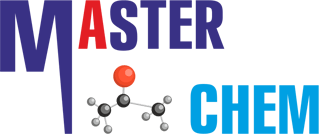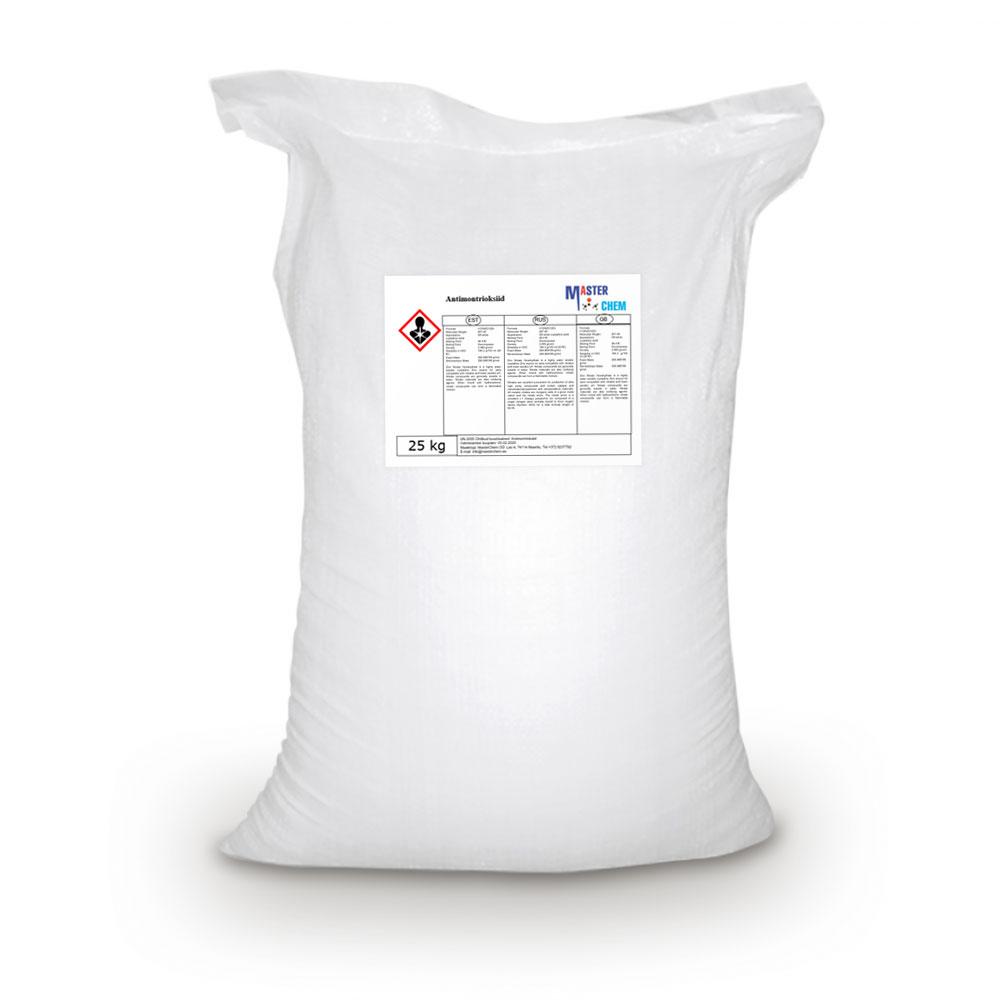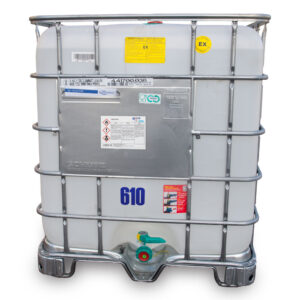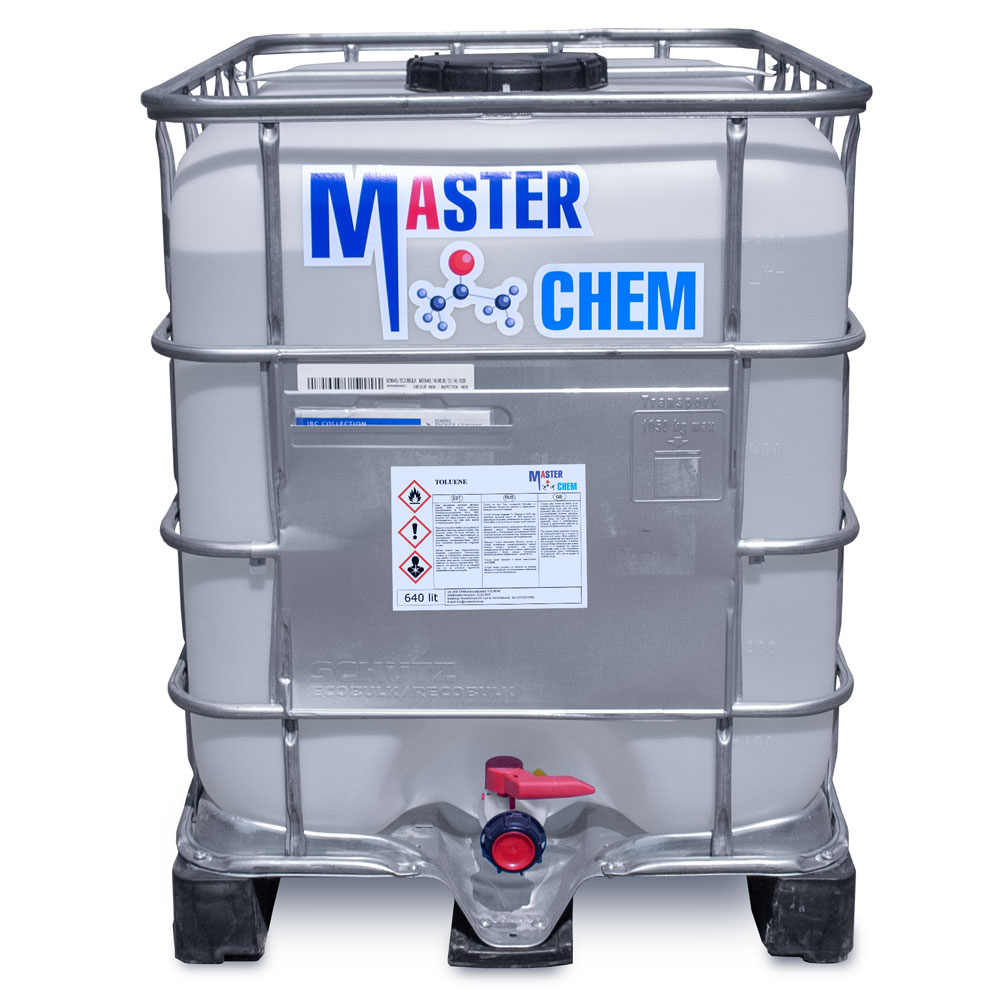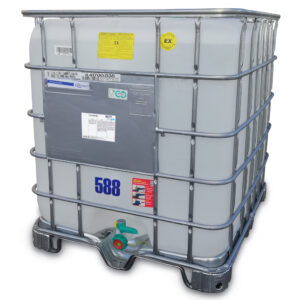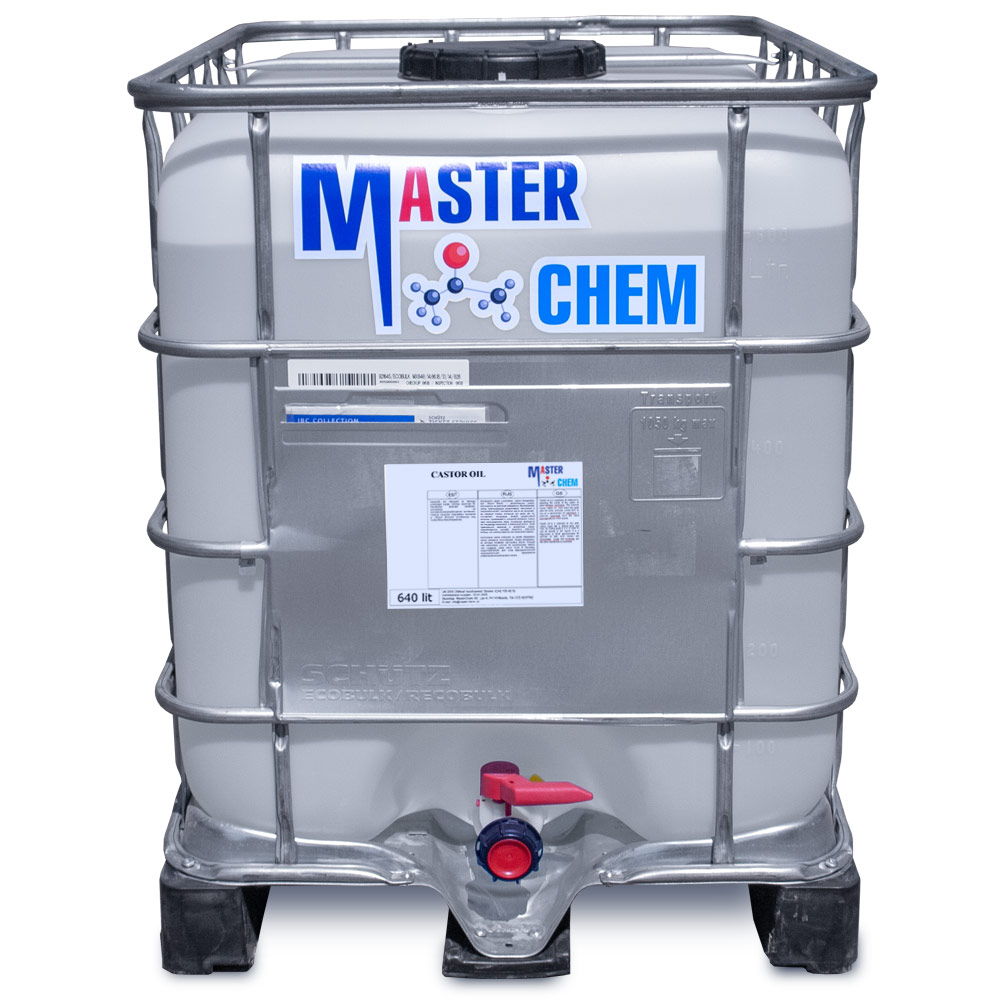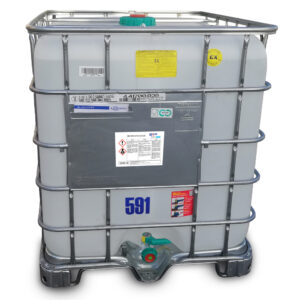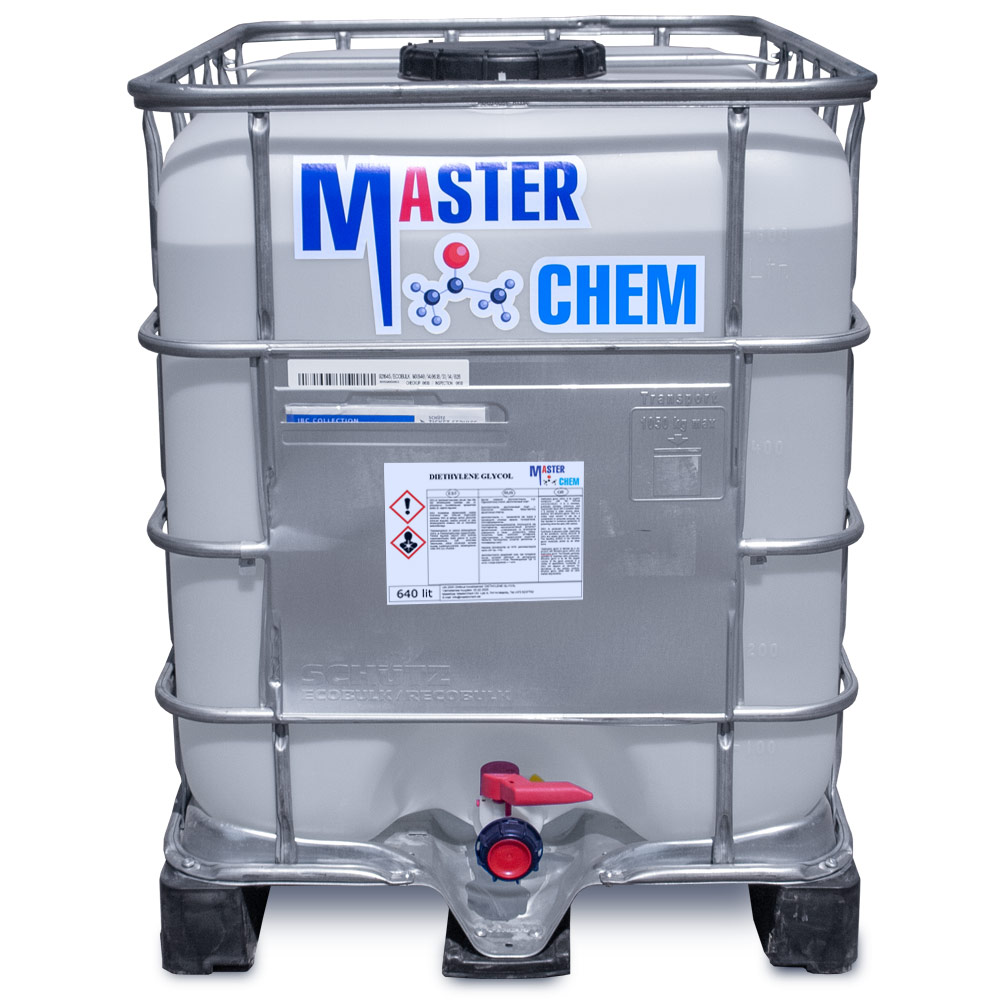Description
Information
Industries: Glass and ceramics, Resins, plastics, polyurethanes
CAS number: 1309-64-4
WE number: 215-175-0
Chemical formula: Sb2O3
Molar mass: 291,52 g/mol
Customs tariff code: 28258000
Other physical properties
Melting / freezing point: 656°C (1013 hPa)
Boiling point / range: 1425°C (1013 hPa)
Relative density: 5897 kg/m3 (20°C )
Solubility in water: 2,76 mg/l (22,2°C )
